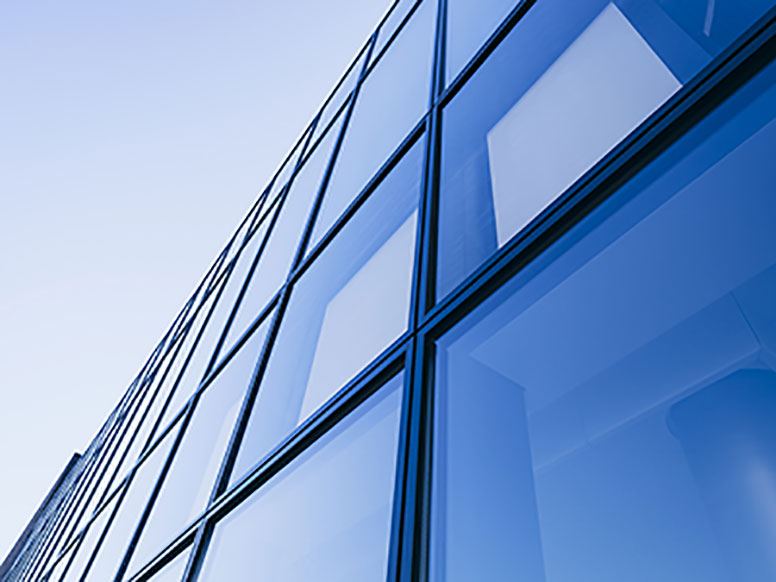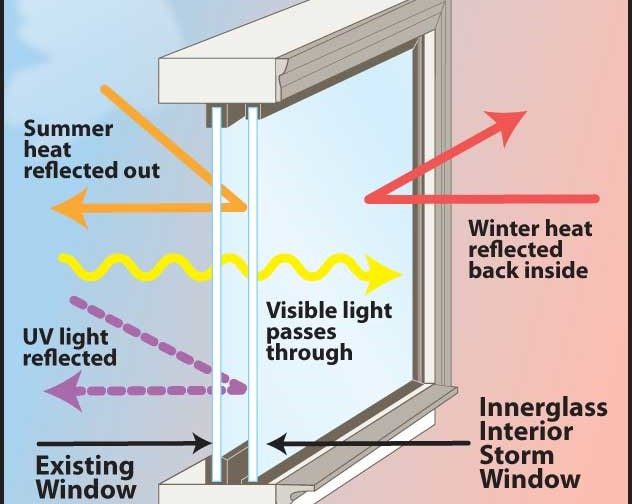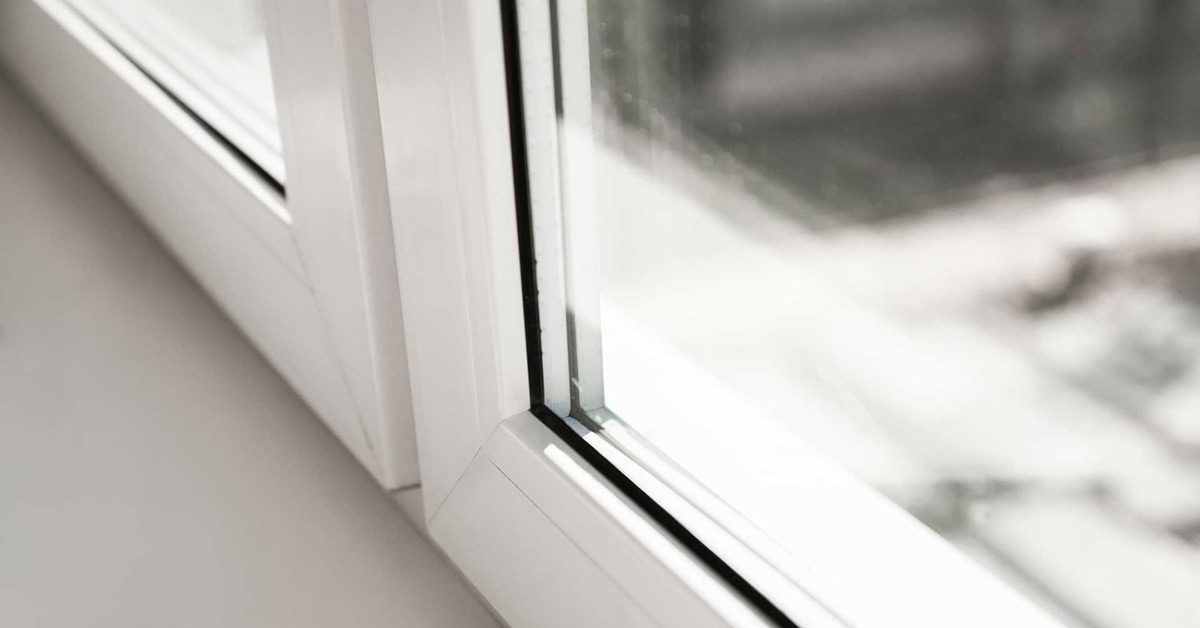All Categories
Featured
Table of Contents
Double Glazed Windows Sydney in Butler Western Australia
Glazing merely indicates the windows in your house, consisting of both openable and fixed windows, as well as doors with glass and skylights. Glazing really simply means the glass part, but it is usually used to refer to all elements of an assembly consisting of glass, movies, frames and home furnishings. Taking notice of all of these elements will assist you to accomplish effective passive design.

Energy-efficient glazing makes your home more comfortable and significantly minimizes your energy costs. However, unsuitable or inadequately developed glazing can be a significant source of undesirable heat gain in summer and significant heat loss and condensation in winter. Approximately 87% of a house's heating energy can be gained and approximately 40% lost through windows.
Does Double Glazing Reduce The Heat In Brisbane's Summer? in Hillarys WA
Glazing is a substantial financial investment in the quality of your home. The expense of glazing and the cost of heating and cooling your home are closely associated. An initial financial investment in energy-efficient windows, skylights and doors can greatly decrease your yearly heating & cooling bill. Energy-efficient glazing also decreases the peak heating and cooling load, which can lower the required size of an air-conditioning system by 30%, resulting in additional expense savings.

This tool compares window selections to a base level aluminium window with 3mm clear glass. Understanding a few of the key properties of glass will assist you to choose the best glazing for your house. Secret homes of glass Source: Adjusted from the Australian Window Association The amount of light that passes through the glazing is called noticeable light transmittance (VLT) or visible transmittance (VT).
Double Glazed Windows And Doors In Perth in Swanbourne Perth
This may lead you to turn on lights, which will lead to greater energy expenses. Conduction is how readily a product performs heat. This is understood as the U worth. The U value for windows (expressed as Uw), explains the conduction of the entire window (glass and frame together). The lower the U worth, the greater a window's resistance to heat flow and the much better its insulating value.
If your house has 70m2 of glazing with aluminium frames and clear glass with a U worth of 6. 2W/m2 C, on a winter season's night when it is 15C colder outside compared to inside your home, the heat loss through the windows would be: 6. 2 15 70 = 6510W That is equivalent to the overall heat output of a big space gas heating unit or a 6.
4 Benefits Of Double Glazed Windows In The Summer in Southern River Western Australia

If you choose a window with half the U value (3. 1W/m2 C) (for example, double glazing with an argon-filled space and less-conductive frames), you can cut in half the heat loss: 3. 1 15 70 = 3255W The solar heat gain coefficient (SHGC) for windows (revealed as SHGCw) determines how easily heat from direct sunshine flows through an entire window (glass and frame together).
The lower a window's SHGC, the less solar heat it transfers to your home interior. Glazing producers state an SHGC for each window type and style. However, the real SHGC for windows is impacted by the angle that solar radiation strikes the glass. This is called the angle of incidence.
Why Double-glazed Windows Are A Must in Seville Grove WA
When the sun is perpendicular (at 90) to the glass, it has an angle of incidence of 0 and the window will experience the optimum possible solar heat gain. The SHGC declared by glazing manufacturers is constantly computed as having a 0 angle of incidence. As the angle increases, more solar radiation is shown, and less is transmitted.
Table of Contents
Latest Posts
A Complete Guide To Double Glazed Windows in Wexcombe Western Australia
Which Type Of Glass Is Best For Energy Efficiency? - A&l Windows in Boya Perth
Insulated Glass Unit – Igu in Joondanna Perth
More
Latest Posts
A Complete Guide To Double Glazed Windows in Wexcombe Western Australia
Which Type Of Glass Is Best For Energy Efficiency? - A&l Windows in Boya Perth
Insulated Glass Unit – Igu in Joondanna Perth